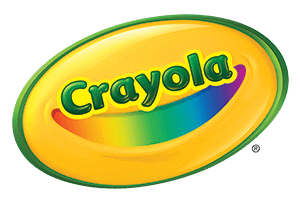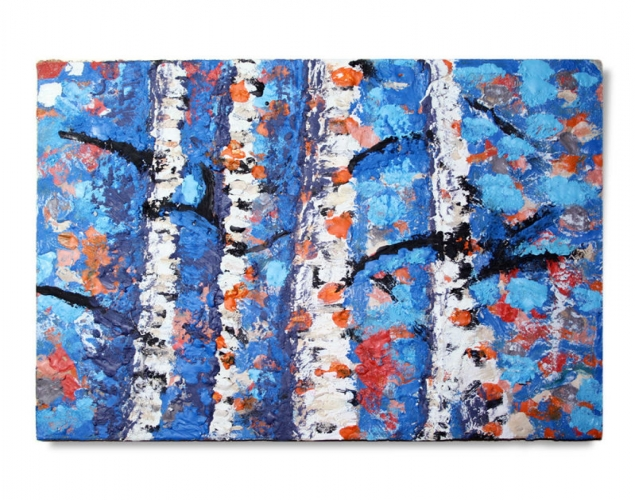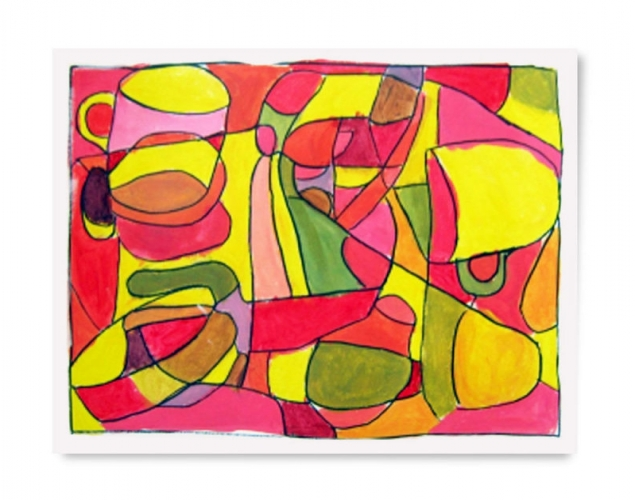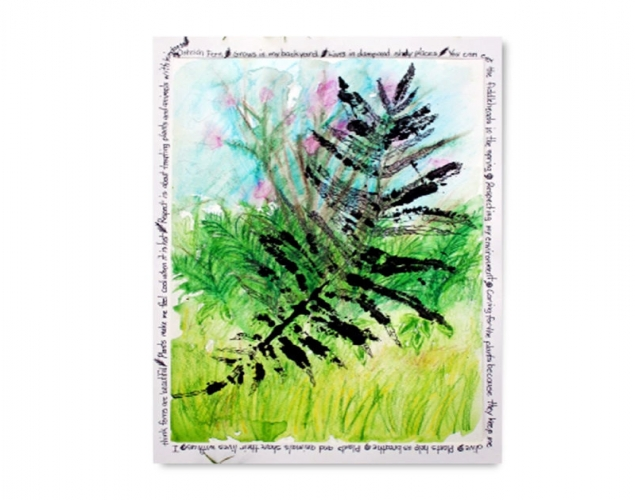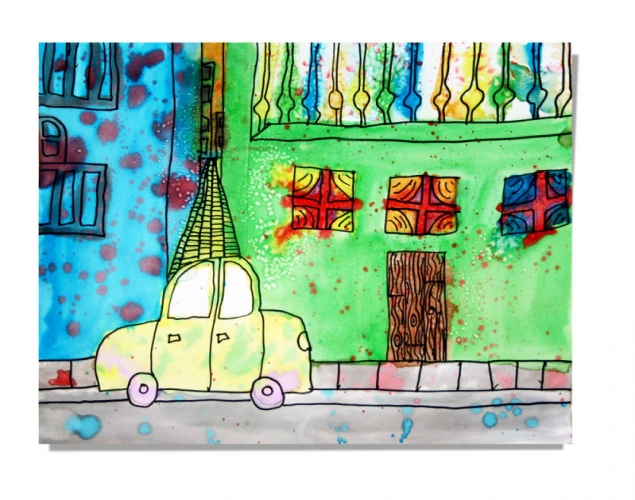
Supplies:
- Crayola Crayons - 48 Count
- Crayola Paintbrushes - 5 Count
- Crayola Twistables Crayons - 24 Count
- Crayola Marker & Watercolour Paper or Crayola Sketchbooks
- Corrugated Cardboard - 15.2 cm x 22.9 cm (6" x 9") - 1 per student
- Bristols Board - 15.2 cm x 22.9 cm (6" x 9") - 1 per student
- Electric Frying Pan
- Small Muffin Tin
- Recycled Newspapers
Steps:
1
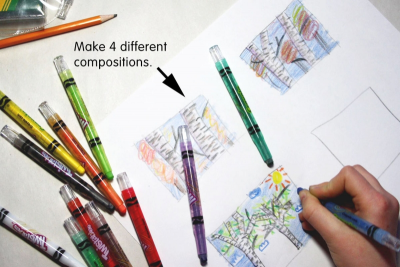
- Use your field notes to make 4 different compositions of your plant.
- Think about how you use the elements of design to move the viewer's eye through the space.
2
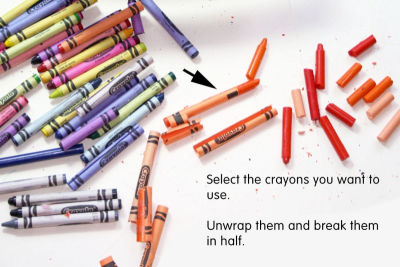
CAUTION! This activity should only be done in a well-ventilated area and with adult supervision.
- Begin by sorting the crayons according to the colours you will use.
- Unwrap the crayons and break them in half.
3
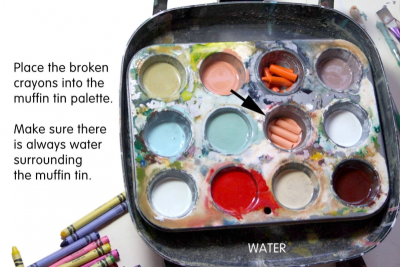
- Place the broken crayons into the muffin tin palette.
- The muffin tin stays in the electric frying pan.
- Make sure there is always water in the pan surrounding the muffin tin and keep the temperature turned to medium heat.
- Notice how the crayons change as they are heated.
4
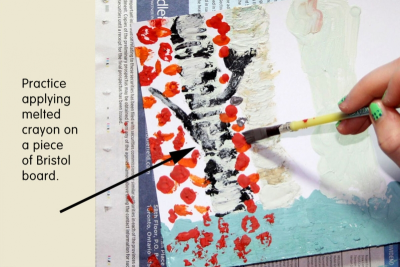
- Practice applying melted crayons on a piece of Bristol board.
- Try different brush strokes and colour combinations to get the feel of the technique.
5
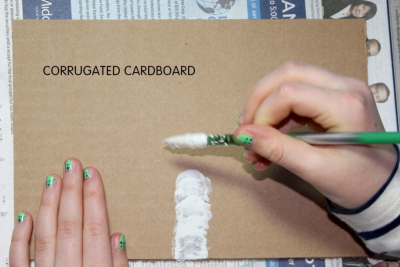
- When you are ready to begin your good painting work on a piece of heavy corrugated cardboard.
6
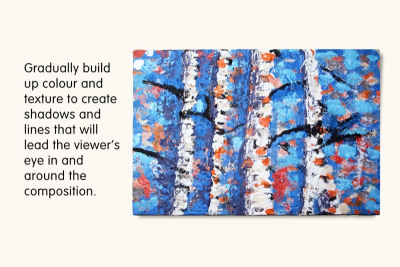
- Gradually build up colour and texture until you are satisfied with the final piece.
- From time to time view the painting from a distance to see it with fresh eyes.
- Look for shadows and lines leading your eye in and around the composition.
Subjects:
Language Arts,
Science,
Visual Arts
Grades:
Grade 6,
Grade 7,
Grade 8
